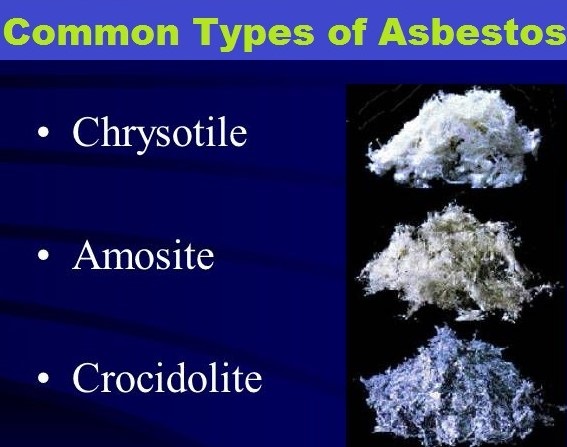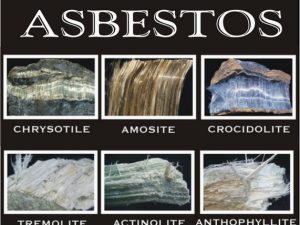What Is Asbestos?
It is common knowledge that asbestos can make people sick. But other than the respiratory difficulties that it is known to cause, do you know anything more about it?
Asbestos is a mineral and fibre. It was often present in many construction mateals from the ’40 to the ‘80s. It has unique properties and it is chemically inert; therefore, it is highly useful. This material has high tensile strength and can be spun and woven like cotton and wool, which are the reasons why it was often used to reinforce the durability of building materials and provide insulation. [See Where Asbestos May Be Located in A Typical Home].
There are two mineral groups known as asbestos: Serpentine and Amphibole.
The Serpentine mineral group has Chrysotile or white asbestos. This was widely used for insulation products, friction materials (brake pads for automobiles), and building materials such as concrete.
Meanwhile, under the Amphibole mineral group, there are Crocidolite or blue asbestos, and Amosite or brown/grey asbestos. This type of asbestos was used commercially as well for construction materials and was mostly sourced from Australia, Finland, and South Africa.
The risk of exposure to asbestos
Between the two mineral groups identified as asbestos, what poses a bigger health risk is the Amphibole mineral group. The fibres from this group have been established by medical professionals as more carcinogenic; when inhaled, they do not dissolve in the lungs over time. Therefore, the risk of developing Mesothelioma, Asbestosis and Pleural Disease, lung cancer, and pleural plaques (these are not cancer but markings on the lining of the lungs that indicate exposure to asbestos; the plaques can calcify and result in grave respiratory difficulties) is much higher.
In Australia, the use of asbestos in various products (the mineral used to be a component of about 3,000 commercial products) was put to a halt in 1987.
It was officially banned in 1991; however, reports reveal that the country continued to import asbestos until 2004. This means that many homes and buildings in the country still have this fibrous mineral and many who live or use these structures are at risk of developing health issues due to exposure to asbestos, and inhaling it when it becomes airborne after being disturbed. More recently there have been disturbing reports of non-compliant asbestos containing building materials still being imported into Australia.
Due to the grave diseases that asbestos exposure can lead to, authorities demand the safe removal of asbestos to prevent health issues. A set of protocols have been established to ensure the safe removal of asbestos, and have strict standards to ensure that health and safety risks are managed effectively.
If you think asbestos may be present in your home or a building you own, get a licensed Asbestos Inspection and Testing company to conduct a thorough review of your property. We recommend Jim’s Building Inspections, who offer highly qualified and experienced, licensed Asbestos Inspectors and can provide a written report within 24 hours. They can also conduct air monitoring tests and procure samples to be analysed in NATA accredited
These assessors can also refer you to licensed asbestos removalists (such as Jim’s Asbestos Removals) who can encapsulate or remove asbestos from your building in a safe and legally compliant
To Book an Asbestos Inspection or Asbestos Removal or Encapsulation Service, just call 131 546 or request a quote online.




